“We have always been saving our own lives. When the state deems certain people disposable, we don’t disappear. We turn to one another, prop each other up, and provide the care and solutions that no governing body ever could or would” - Tourmaline, “Saving Our Own Lives”
Heroin in the Hills: A Prologue
It’s not news that West Virginia (WV) has been hit the hardest throughout the opioid and overdose epidemics. Between 2008 and 2016, the overdose death rate rose 12% annually in West Virginia (Ahmad, et al., 2021) and has been among the highest in the country since 2013 (Ondocsin, et al., 2023). Beginning in 2015, overdose fatalities continued to rise statewide in West Virginia, with a sharp increase in 2020 and 2021. According to local data, there have been 7,279 overdose deaths since 2015 (WV ODCP, 2024).
Residents of West Virginia are more than twice as likely to die from a drug overdose than in a car accident (DEA, 2017).
Rural areas, such as West Virginia, are also disproportionately impacted by hepatitis C and HIV, and outbreaks in counties throughout the state continue. In 2015, there were only 71 new HIV diagnoses in West Virginia. Diagnoses increased to 155 in 2019 following the closure of Charleston’s most effective syringe exchange program and 149 new diagnoses were reported in 2021 following the new legislation regulating syringe exchange programs (CDC.gov, 2024). Hepatitis C cases remain high, with 102 new cases from 2017-2021 at a rate of 5.6% per 100,000 in West Virginia (CDC).
The Centers for Disease Control and Prevention (CDC), has named the HIV and hepatitis C outbreaks in West Virginia as the most alarming in the country. Despite those warnings, policy makers and state and local officials have ignored and refused to implement evidence-based harm reduction strategies that could reduce HIV and hepatitis C transmission, in addition to overdose fatalities.
The crisis we are witnessing right now is not a result of overprescribing of opioids. It’s the result of a century-long war on people who use drugs. The recent manifestation of the war on drugs may be different, but the causes are the same - the criminalization of drug use. We cannot solely blame the Sacklers for where we are - prescribing in West Virginia has declined over the last decade but overdose fatalities continue to rise. West Virginia continues to pour money and resources into law enforcement, courts, and abstinence-based recovery methods; however, folks who use drugs continue to suffer. This is the current scene of the Mountain State.
Harm Reduction Keeps Us Wild & Wonderful
Harm reduction refers to policies, programs and practices that aim to minimize the negative health, social and legal impacts associated with drug use, drug policies and drug laws.
Harm reduction is grounded in justice and human rights. It focuses on positive change and on working with people without judgment, coercion, discrimination, or requiring that people stop using drugs as a precondition of support (Harm Reduction International).
When comprehensive and robust harm reduction services are embraced, communities experience a decline in HIV and hepatitis transmission, overdoses, bacterial infections, and more.
Folks are also more inclined to seek some sort of substance use treatment when they access harm reduction services.
More importantly, folks have bodily autonomy, receive compassion and love, and lives are saved.
There are multiple myths surrounding harm reduction that have been consistently disproven by decades of research. Some of those myths are that harm reduction enables drug use, syringe programs cause increases in crime or cause an increase in syringe litter. In fact the opposite is true.
Folks who utilize harm reduction services such as syringe exchange programs, are FIVE times more likely to enter into some form of substance use treatment.
Syringe exchange programs do not cause an increase in crime or syringe litter either. Syringe programs are actually correlated with decreased crime and less syringe litter because they offer folks a safe place to dispose of their used equipment.
Syringe exchange programs are proven to reduce overdose deaths and incidence rates of HIV, hepatitis C and bacterial infections for folks who use drugs. They also offer alternatives to injection, such as smoking devices, which play a pivotal role in risk reduction.
In areas that have been disproportionately affected by the overdose epidemic, such as West Virginia, strategies like harm reduction prove to be effective and lifesaving. The following collection of stories tells of the need for harm reduction in the Mountain State and how it helps people who use drugs find safety and stability in their lives.
John “Crippin” (he/him)
Originally from Preston County, Crippin’ has been living in Morgantown, WV for the last 20 years. He began using substances at an early age, spending much of his years unhoused and fighting the system. Morgantown has a different feel to it, says Crippin’; structurally it’s a university town with a reputation. Crippin’ began using harm reduction in Morgantown, and because of it, thrives in many areas of his life. Harm reduction is important to him because he is able to cut back on drug use and assist with disease reduction by peer distribution. As a person who uses drugs, he is proud of who he is and doesn’t know any different. It’s who he is. Crippin’ stresses the importance of battling stigma, especially among law enforcement. The fear of being criminalized while accessing harm reduction services is great. Harm reduction spaces are supposed to be safe and the main way to reduce stigma is to allow folks to have barrier-free access to services.
Kitty (she/her) & Josh (he/him)
Kitty lived in Pennsylvania and Maryland before landing in Morgantown and meeting Josh, a Morgantown native. Josh’s childhood was average but his drug use began approximately 13 years ago, while Kitty’s drug use is more recent and her history more traumatic. Kitty and Josh began using fentanyl in 2020, mainly due to the change in the drug supply. They credit harm reduction with saving their lives more than once. They always have naloxone on hand and have reversed overdoses for each other multiple times. Both Kitty and Josh use the syringe exchange in Morgantown when they are able to find transportation. The benefits of harm reduction for them include clean supplies and access to a health clinic for other medications like inhalers. They believe that people who use drugs are accepted by their peers but not the community as a whole and stigma plays a huge role in folks accessing harm reduction, especially due to fear of law enforcement. Kitty and Josh want folks to realize that everyone has a story and it’s okay for people to use drugs.
Tommy (he/him)
Despite bouncing around the East Coast, Tommy had an average childhood. Upon settling in West Virginia in 2002, Tommy had everything he wanted in a family, job, and simple life. Life didn’t stay simple for long, and Tommy soon found himself using meth and heroin. Currently unhoused, Tommy has utilized harm reduction services in Charleston since 2017 in some form, and he always emphasizes the importance it has in keeping him safe and healthy. Tommy’s relationship with drugs is more manageable when he is housed and he is able to use clean works when harm reduction services are readily available. But like many Charlestonians, he recognizes the need for needs-based syringe services. Stigma has impacted Tommy’s life by creating barriers to syringe services and overcriminalization by law enforcement. His very existence as an unsheltered person in Charleston is criminalized.
Avi (she/her)
After spending time in the Midwest and West Coast, Avi found herself in the coal fields of West Virginia with her partner and wife, Liira. Avi began using substances at an early age; however, she found that they provided her with balance between her physical conditions, ADHD, and autism, and helped her get better grades in school. Avi graduated high school with an opioid dependency and began to attend college with a scholarship in Oregon where she discovered their local needle exchange. Recognizing her own privileged experience with drug use, Avi found connection and community within harm reduction and began to practice it in her own life, in addition to her outreach work. Moving to the coal fields of West Virginia and practicing harm reduction here has increased her quality of life and those around her. Practicing harm reduction gives Avi bodily autonomy and purpose and she is able to participate in her life and has found love within her community. Without harm reduction, she says there wouldn’t be an Avi at all.
Liira (she/her)
Liira is a fifth generation West Virginian living in the coal fields. She’s been around drugs her entire life, coming from a long line of alcoholics. After many years on the drilling rigs and a rocky relationship with alcohol, Liira switched to meth and had a more stable relationship with substances. She first learned about harm reduction from her uncle who helped introduce meth into West Virginia and now practices it every day. Once she moved to Morgantown, she became more involved in direct action regarding the encampment sweeps in town, especially the Diamond Village encampment during the pandemic. Liira stresses that harm reduction has saved her life at least five times and, as a result, she not only carries naloxone on her at all times, but also trains fellow drug users how to use it, and use it to their preference. When asked about comprehensive harm reduction, Liira explains that, there will never be comprehensive harm reduction, especially with the amount of stigma and shame in areas such as Charleston, until the war on drugs is over. She has watched friends die and knows that with harm reduction many of her friends would still be here.
Iris (they/them)
Iris found themselves involved in harm reduction while in graduate school and although they don’t have personal experience with drug use, they do have personal experience fighting to offer harm reduction services in Charleston, WV. Harm reduction mirrors other organizing efforts that Iris is passionate about, so it was easy to fall in love with. The COVID-19 pandemic made them feel powerless, and they wanted to do more. So, they set out to ground themselves in their community more, got to know their neighbors, and plugged in by offering support. As a harm reductionist for a local program, Iris sees the effects of stigma on their participants every day from fear of accessing services to fear of criminalization from law enforcement. Iris knows that needs based syringe services are what’s needed most in Charleston, but politics and stigma prevents them from offering those much needed supplies. Stigma also causes a lack of acceptance from the community at large, says Iris, and the community seems to want people who use drugs to disappear. However, as Iris maintains, a lot of people use drugs - they aren’t a moral failing - and everyone deserves to be safe and healthy.
Sheena (she/her)
Sheena comes from Wyoming County, and similar to many folks in Appalachia, began experimenting with prescription opioids and was forced to make the transition to heroin when the supply of OxyContin was taken away from thousands of users. She experienced homelessness and multiple treatment stays, in addition to periods of abstinence and time spent in Twelve Steps. Having gone through multiple relapses, she finally began to utilize harm reduction through the syringe services programs in Cabell County where she credits one worker with showing her the right amount of compassion, love, and empathy to keep using their services. She felt judged by many in the Twelve Step community for her continued use and said she felt accepted by her confidant at the syringe services program. Without those interactions, Sheena believes she would most likely not be in long- term recovery today. She continues to practice abstinence-based recovery but credits harm reduction for saving her life. She will go to great lengths to advocate for others to have access to harm reduction.
Tasha (she/her)
I began using drugs around the age of 16 or 17, starting with pills and weed before moving onto alcohol at 18 and more pills. My drug use began to escalate around 2007 and I continued to have a chaotic relationship with drugs until 2013, ending my time as an IV heroin user with multiple overdoses under my belt. I experienced having a safe but heavily restricted supply of OxyContin and Opana and the consequences of that being taken away. I remember transitioning to heroin almost immediately because it was all we had. The criminalization of drugs and drug use controlled my entire life for a decade. My friends and I were forced to survive in a police state aimed to punch down on people who use drugs and just lets them die. I participated in abstinence-based recovery for almost a decade before leaving the rooms of Narcotics Anonymous. Since becoming a practicing harm reductionist, I feel more free to live life as I see fit and I feel as if I have more control over my own body. Harm reduction has taught me to be kind to myself and others. And giving back to people through harm reduction saves my life consistently and I will continue to fight for my fellow drug war survivors.
An Epilogue
West Virginia continues to be on the frontline of the current overdose epidemic. Despite warnings from public health officials and folks with lived experience, HIV, hepatitis C and fatal overdose rates have only increased since 2015 Harm reduction has been proven to decrease transmission of HIV and hepatitis C and prevent fatal overdoses. However, folks who use drugs in West Virginia still struggle daily to access lifesaving harm reduction services across the state.
Even though harm reduction prevents disease and overdose, West Virginia continues to implement legislation that restricts or prohibits harm reduction services, contributing to the increase in disease and overdose. Folks who use drugs across the state rely on those services.
A similar theme was present throughout the stories in this collection. Everyone expressed how much stability harm reduction provides in their lives and the impact stigma has on their ability to access those services.
Each person explained how harm reduction helps them obtain stability in housing, employment, their relationships, their drug use, and more. Harm reduction provides them with the opportunity to gain control and make educated decisions about their own health.
Stigma greatly affects those attempting to access harm reduction services in West Virginia, especially from law enforcement. Harm reduction is technically legal in West Virginia, however many folks are fearful to utilize it for fear of criminalization and judgment.
Harm reduction will continue to face barriers in implementation until stigma and criminalization are taken seriously, especially by policy makers and law enforcement. Friends will continue to lose their lives until we educate and advocate in our communities for comprehensive and robust harm reduction services.
Victims of the War on Drugs
I remember the last few times I was able to find original OxyContin in Huntington, West Virginia around 2008 when they began to crack down harder on prescription opioids. They changed the formula to prevent misuse, and shortly after, a reformulated version of Opana hit the streets around 2009-2010. Opana was an intense and short-lived experience for West Virginians. The supply of Opana flooded the hollers and urban centers of West Virginia only to be taken away like Oxycontin.
Around 2011, the safe supply of prescription opioids began to dry up completely in West Virginia – at least affordable ones. To avoid paying $1 or more per milligram and struggling to find a supply every day, many of us began using heroin - at least those that hadn’t begun using it already. Many folks had already transitioned when OxyContin disappeared, but there were still many holding out – scared to get hooked on the needle.
But that’s what happened. Further criminalization of prescription opioids forced many drug users to illicit heroin. That was when the overdoses REALLY started. Yeah – we lost friends prior to 2012, but not like now. It was rare to hear of someone dying of an overdose – but once everyone was using IV heroin the whole game changed. We all began losing our friends. We all began surviving overdoses of our own.
Fentanyl was introduced to the drug supply in West Virginia around 2015 – again we began seeing a spike in overdose deaths. We begin to lose more and more friends and family. Loss like we’ve never experienced before. Young folks were experiencing trauma at the level of soldiers during battle. We still carry that trauma today. Now that fentanyl is becoming more criminalized, the drug supply is yet again becoming more dangerous. Arrests have gone up, prescriptions have gone down, but overdoses, HIV and hepatitis rates continue to rise.
The following pages include the names of folks from Appalachia that have lost their lives to the war on drugs. This can include overdose fatalities, complications from HIV or hepatitis C, or other consequences of a toxic drug supply.
Follow this link to purchase your own copy of the photo essay!
References
Ahmad, N. Jia, et al. 2021. “Correlates of recent nonfatal overdose among people who inject drugs in West Virginia.” Harm Reduction Journal, vol. 18, no. 1. https://doi.org/10.1186/s12954-021-00470-y.
Centers for Disease Control and Prevention (CDC). (2024). Atlas Plus.
www.cdc.gov/nchhstp/atlas/index.htm.
Drug Enforcement Administration. (2017). The West Virginia Drug Situation. DEA Intelligence Report. https://www.dea.gov/sites/default/files/2018-07/DEA-WAS-DIR-024-17%20West%20Virginia%20Drug%20Situation%20-UNCLASSIFIED.pdf
West Virginia Office of Drug Control Policy (WVODCP), West Virginia Department of Human Services. (2024). Data Dashboard, dhhr.wv.gov/office-of-drug-control-policy/datadashboard/Pages/default.aspx.
Harm Reduction International. (2024). www.hri.global.
Ondocsin, Jeff, et al. 2023. “The motives and methods of methamphetamine and ‘heroin’ co-use in West Virginia.” Harm Reduction Journal, vol. 20, no. 1. https://doi.org/10.1186/s12954-023-00816-8.











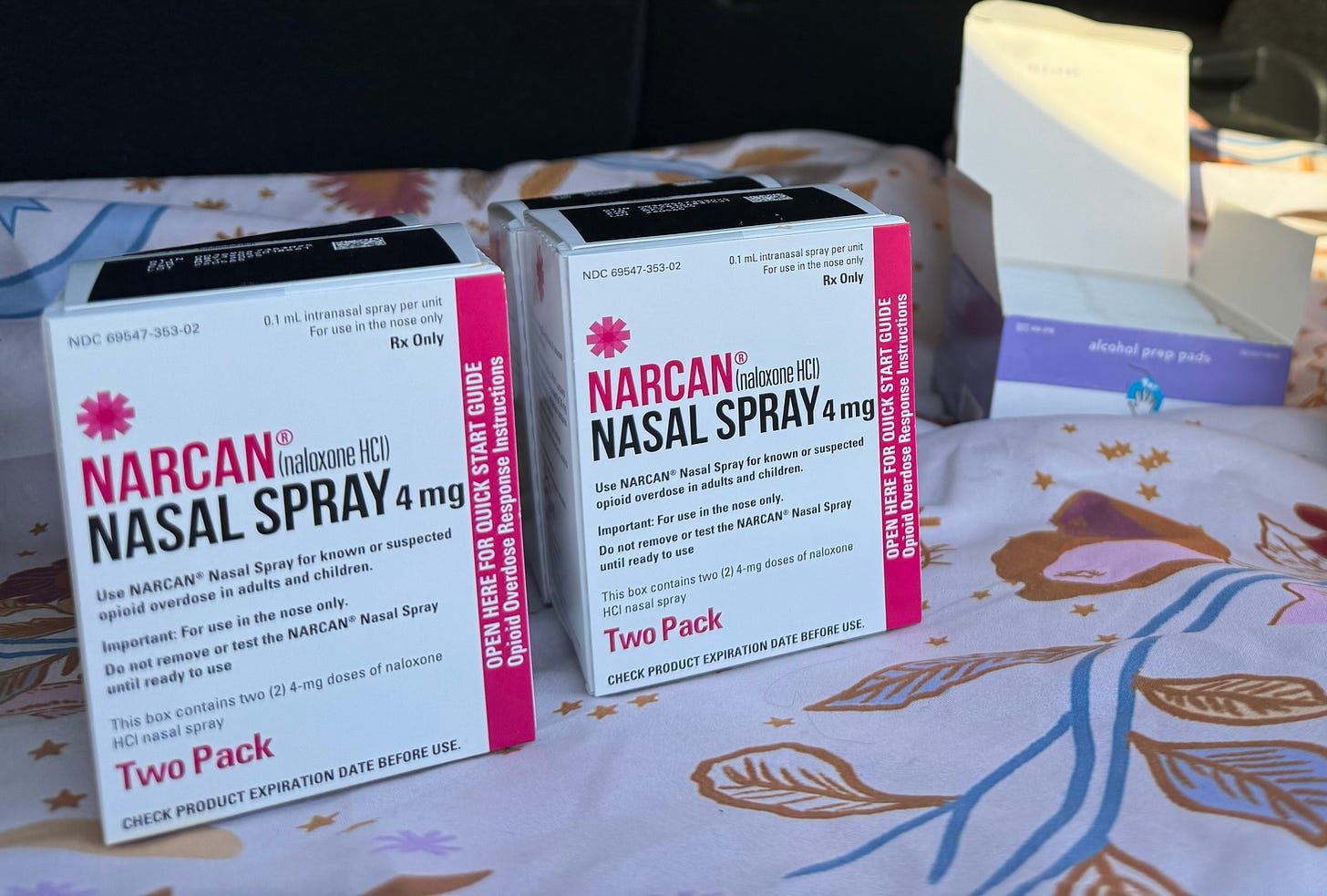
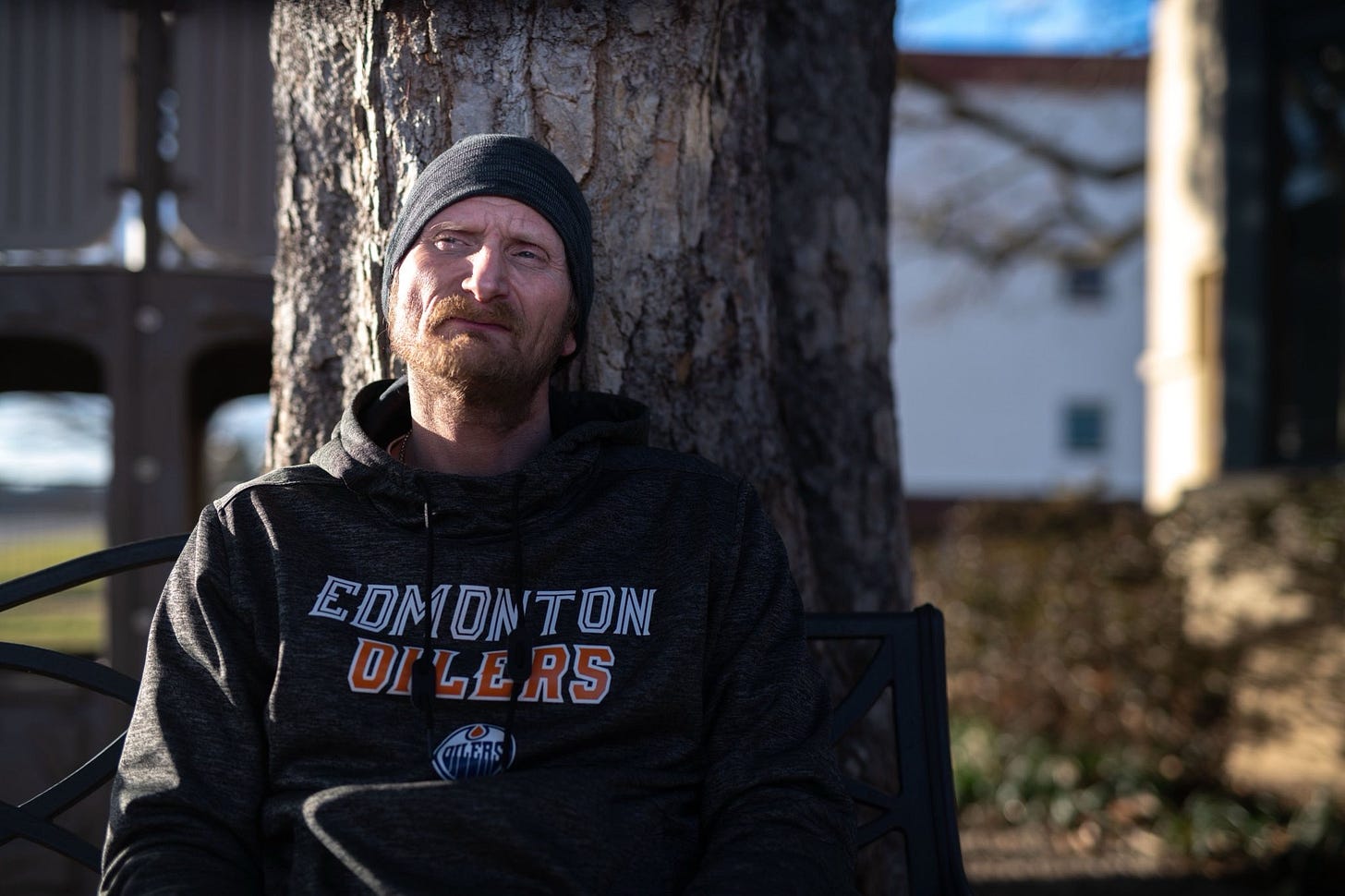

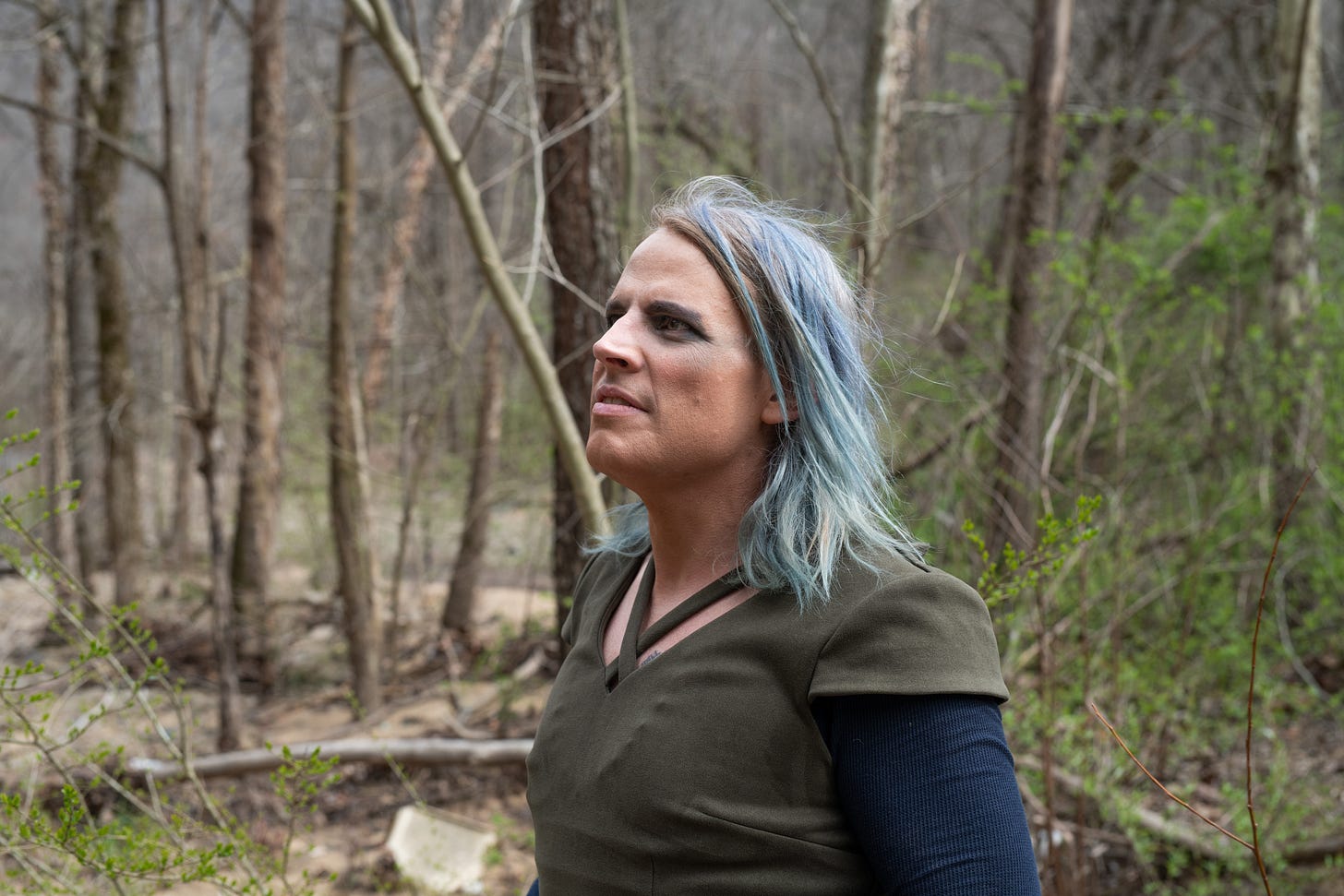

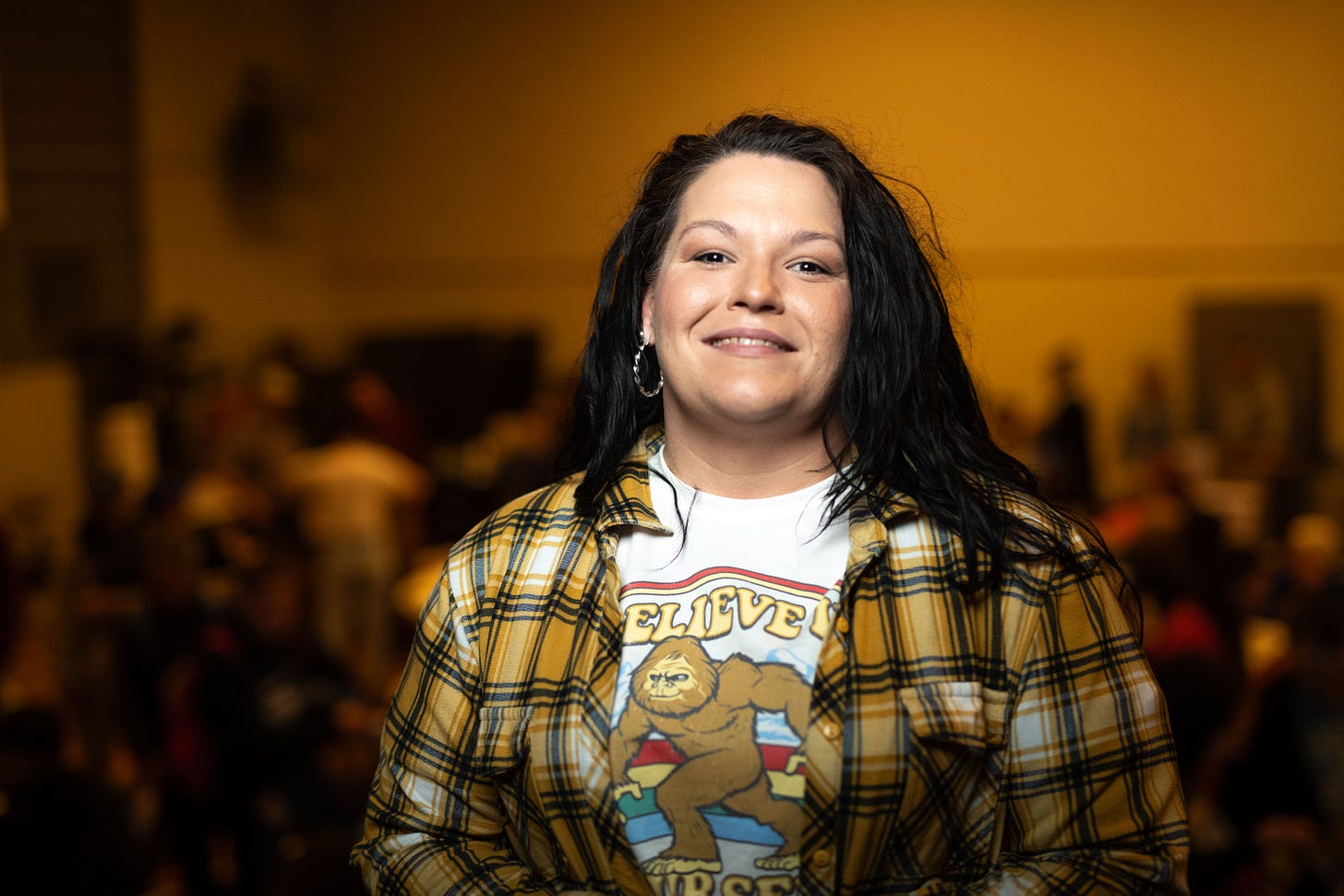
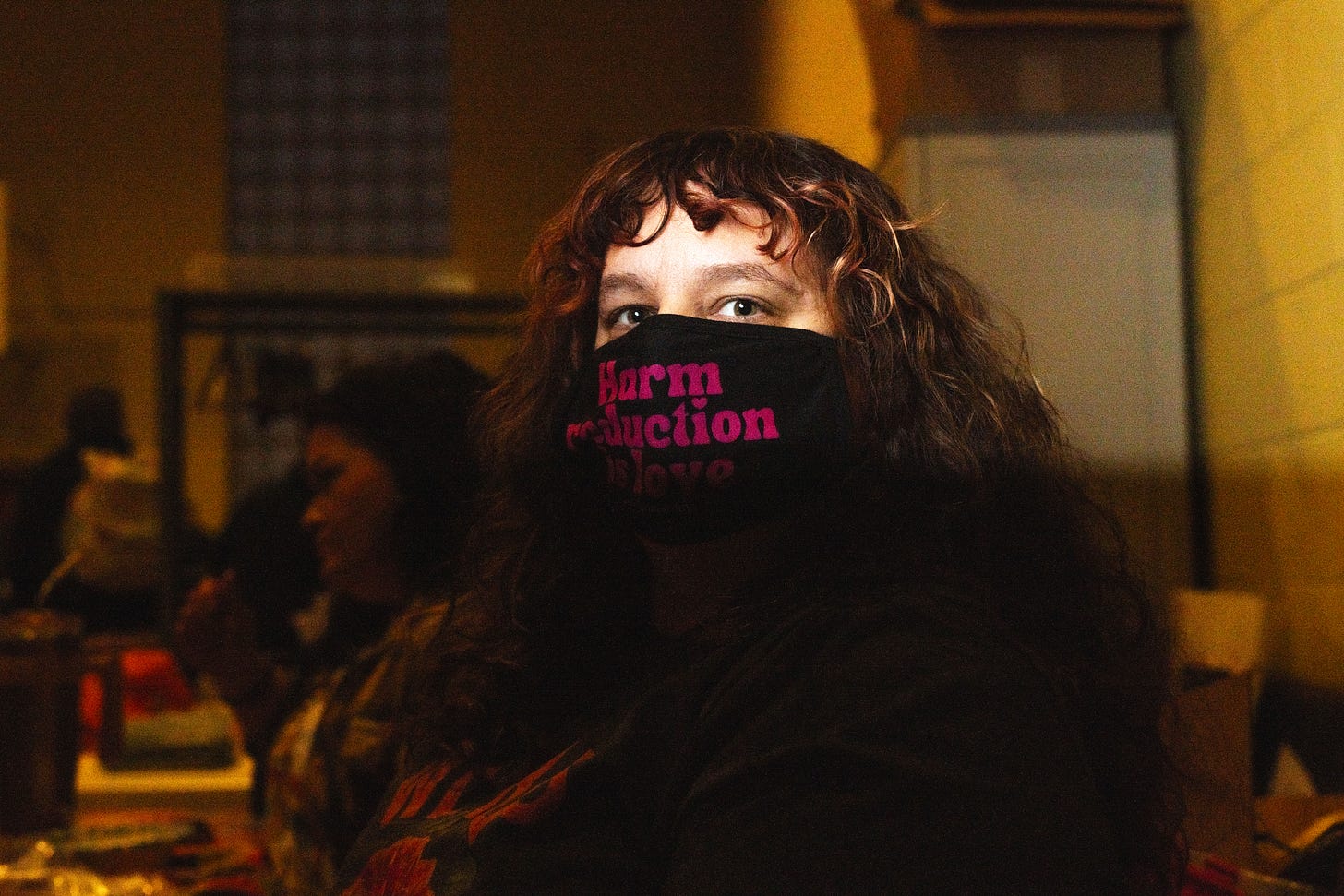






Any Positive Change in Northern California queries y'all about what we could send to support (we have resources and feel incredibly privileged). That said, how can we help? Please contact me at anypositivechange_lakeco@hotmail.com
Recognizing that you work in an incredibly hostile environment. Sending you big mad love
Tasha - thank you for shining such a beautiful light on this. This is so incredibly well written and touching.